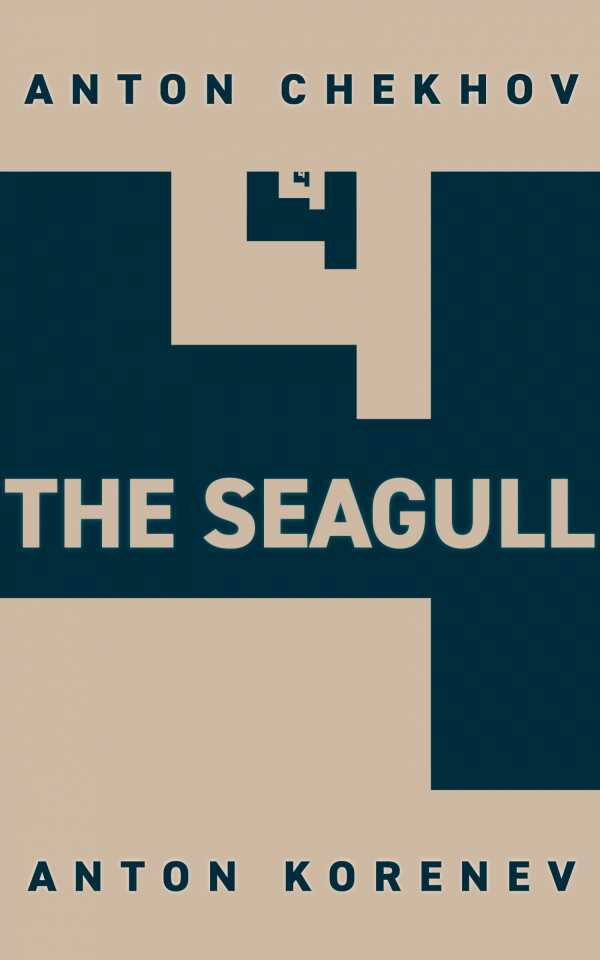The Seagull
In Anton Korenev’s layered translation of The Seagull, lovestruck elites banter against a struggling landscape that evinces beauty and elicits criticism of Russian art and politics.
Anton Korenev’s refreshing translation of Anton Chekhov’s The Seagull reveals the heart of the nineteenth-century story to a modern audience.
Set in the Russian countryside, the play focuses on a cast of family, friends, and domestic servants who are staying at Sorin’s house. Sorin’s nephew, Treplev, has written a peculiar, metaphorical play featuring a neighbor, Nina, whom he loves. The play is met with general disapproval: Treplev’s mom, Arkadina, is an actress unaccustomed to this new style of theater, and her friends, a group of intellectuals from Moscow, do not understand the play’s intention. Treplev’s play results in a framework for interpreting Chekov’s play: the settings of both are the lake, and both critique art and its purpose.
Love triangles color the play with a tragicomic hue: Treplev’s love, Nina, falls for Arkadina’s lover, Trigorin, and Trigorin reciprocates her feelings; Masha, the estate manager’s daughter, falls in love with Treplev, and Medvedenko, a friend, falls for Masha. Melancholy surrounds each unactualized, unrequited love. In one scene, Treplev kills a seagull and presents it to Nina, who responds with “What’s with you?” Treplev’s reply is terse and hollow: “Soon, in a similar fashion, I’ll kill myself.”
Although The Seagull was intended to be performed, this translation provides formatting and paratextual elements that guide its reading experience, too. In the cast list, the part of a character’s name that is used within the text appears in all caps for easy reference; when Arkadina quotes Hamlet, the source is noted in parentheses; and the repeating motif of the number four becomes a significant framing device that helps with interpreting the enigmatic work.
Korenev’s word choices nod to the play’s nineteenth-century roots, preserving terms like belletrist, kopeks, and snuff that highlight its setting and critiques of Russian social classes. Moreover, each scene comes with a detailed description of its set, along with general actions to enliven it, even before the characters appear.
This translation is also adept at synthesizing the play’s dominant criticisms of art and class; its English adaptations are careful, as when, after Arkadina learns about Trigorin’s hidden love, she declares, “You’re the last page of my life!”—an insight into the fact that she is someone whose profession and life coalesce, but who is also given to dramatic, operatic displays of emotion. Indeed, throughout the book, the entire elite class remains depressed, stuck in place by love, ennui, and their senses that they have failed to live up to “great Russians.”
Only the upper class has the luxury of sadness in Anton Korenev’s layered translation of The Seagull, while wherein the struggling landscape evinces beauty and elicits criticism of Russian art and politics.
Reviewed by
George Hajjar
Disclosure: This article is not an endorsement, but a review. The publisher of this book provided free copies of the book and paid a small fee to have their book reviewed by a professional reviewer. Foreword Reviews and Clarion Reviews make no guarantee that the publisher will receive a positive review. Foreword Magazine, Inc. is disclosing this in accordance with the Federal Trade Commission’s 16 CFR, Part 255.

